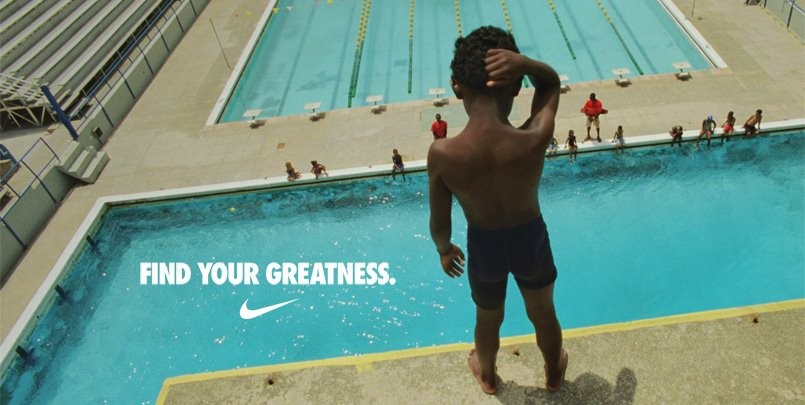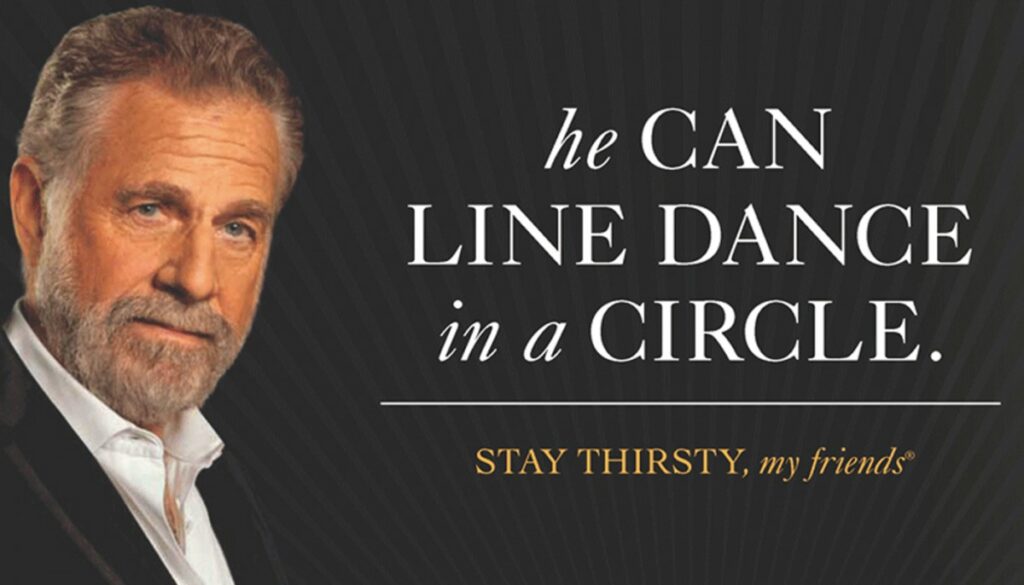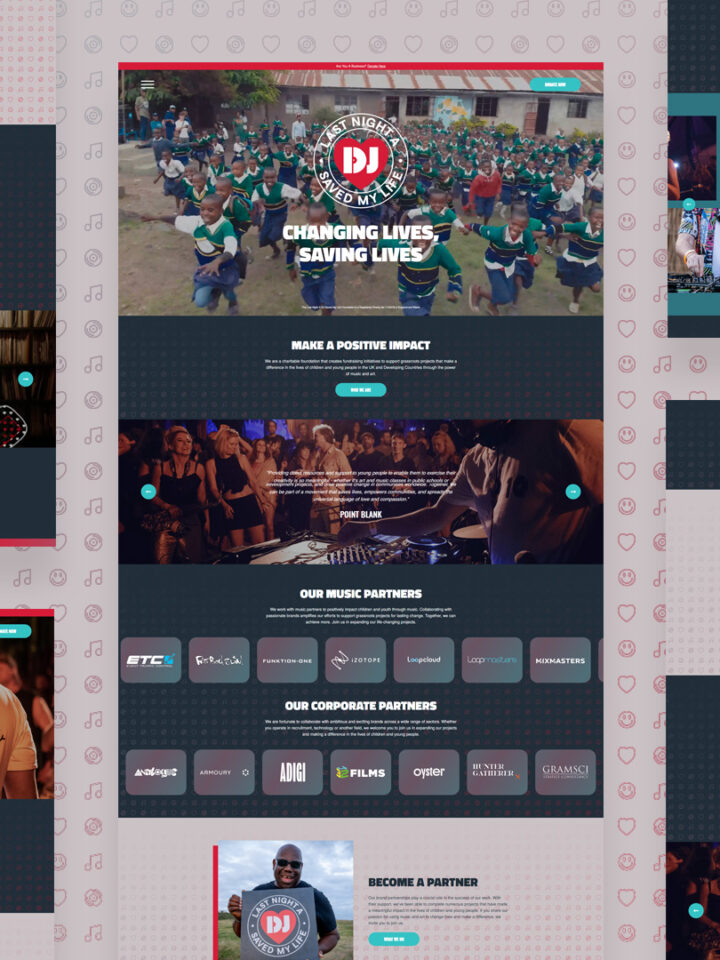Reading articles on advertising, there’s a huge divide on those that think the advertising age is drawing to a close, and those that believe, despite the obvious fragmentation of the media market, advertising is as valuable and influential as ever; when done right. It is undisputed that it’s harder for a brand to get a consumer to view their ads; people are savvier and with ad blockers, or the ability to watch TV without adverts, it’s harder to reach individuals and get a brand message across.
Nigel Hollis, the executive vice-president and chief global analyst at Millward Brown, spoke to The Drum about this, “There is no evidence from our link pre-testing that video advertising, for example, is getting less engaging. Pre-test results today are very similar to responses we got when we first started testing in 1989.” He therefore states it would be wrong to buy into the claims that advertising had it’s heyday in the 80s; too many examples of campaigns that have hugely long runs and viral success are still occurring. Just this year, “The Most Interesting Man” was retired from Dos Equis. The campaign debuted regionally in 2007, and went national in 2009; the advert slogans quickly took over pop culture and the internet, with spoofs popping up everywhere, the adverts themselves providing various tag lines, my personal favourites; “if opportunity knocks, and he’s not there, opportunity waits,” and “he once parallel parked a train.” The adverts took the brand from a relatively small company to new heights, and developed a cult following from their one liners.
The issue is not then, with consumers not engaging with advertisements, but the amount that they engage with. With such saturated markets, and with so many adverts on every social channel, we have apparently gone from being exposed to 500 ads a day during the 1970s, to over 5000 per day now. It is no surprise then, that we become almost blind to them, so used to ignoring them we are. The Drum describes this as, “The worrying trend then, in his opinion, (Hollis’) affecting advertising’s influence is that clutter is increasingly making consumers less efficient at retaining information about brands. This is bad news because the build- up of memories in a mind is proven to have a positive effect on sales.” It used to be a trend that we’d recall seeing that brand somewhere, and having a positive reaction to that message, and were more likely to make a purchase compared to a brand we are unaware of, this isn’t happening as much now.
Perhaps it is not just brands saturating the market with their creative that is affecting our reactions though, it could also be chalked down to marketers not adapting their creative enough, “campaigns that are customised to a channel, rather than using the same creative in every channel, tend to perform better,” according to Hollis. Dave Trott speaks about how the amount of channels brands are trying to roll out their campaigns on is the issue, rather than focusing on the quality, “Back in the golden period of advertising, it wasn’t about money. It was about being great. What used to be called creative is now called content, and is just there to fill a space, so it becomes background wallpaper.”
He speaks of how advertising is changing; instead of jumping channel to channel, the focus will be from human mind to human mind. Until now, when advertisers have used this method, they focused mainly on our ‘lower self’- the primitive part of us that Philosopher Alain de Botton explains to The Drum as, “despite the sophistication and civilisation of the human race, we remain very easily seduced by stories that we don’t necessarily, the the more evolved part of our brain, believe. We don’t really believe that sunshine holiday is going to deliver us eternal happiness, but we still book it. We know that person posting on Instagram is kind of lying, but we still feel envious of them, and inadequate of our own selves.” Basic imagery and wording that taps into our fears and desires, sells, despite our better knowledge.
Today, marketers appear to be appealing to our ‘higher selves’ which, through warm feelings for the brand, will overall promote better loyalty for their products, despite being a harder campaign to produce. Below, we’ve listed some of the best adverts that do just that.
P&G – Thank you Mom.
https://youtu.be/1SwFso7NeuA
Always – #LikeAGirl
https://youtu.be/XjJQBjWYDTs
Nike – Find your Greatness
https://youtu.be/2JnYcuRW_qo
Dove – You’re more beautiful than you think
https://www.youtube.com/watch?v=litXW91UauE
The Ad Council – Love Has No Labels
It’s clear from what advertising content goes viral; the Dove advert, for example, has gotten nearly 6.5 million views since its release, and shows we enjoy watching and sharing videos that are feel good, even if behind that, we are sharing a brands advert. “Good business is more important to good business and good culture than it’s ever been,” “human beings are increasingly seeking out brave brands who put cultural purpose at the core of that they do,” says Jonathan Mildenhall, Airbnb’s chief marketing officer to The Drum. Good messages from brands, lead to positive responses from the public which, in turn, leads to an increased awareness of said brand, and in theory raised sales; it is in this direction that advertising is moving in, hopefully leaving our ‘lower selves’ alone!





